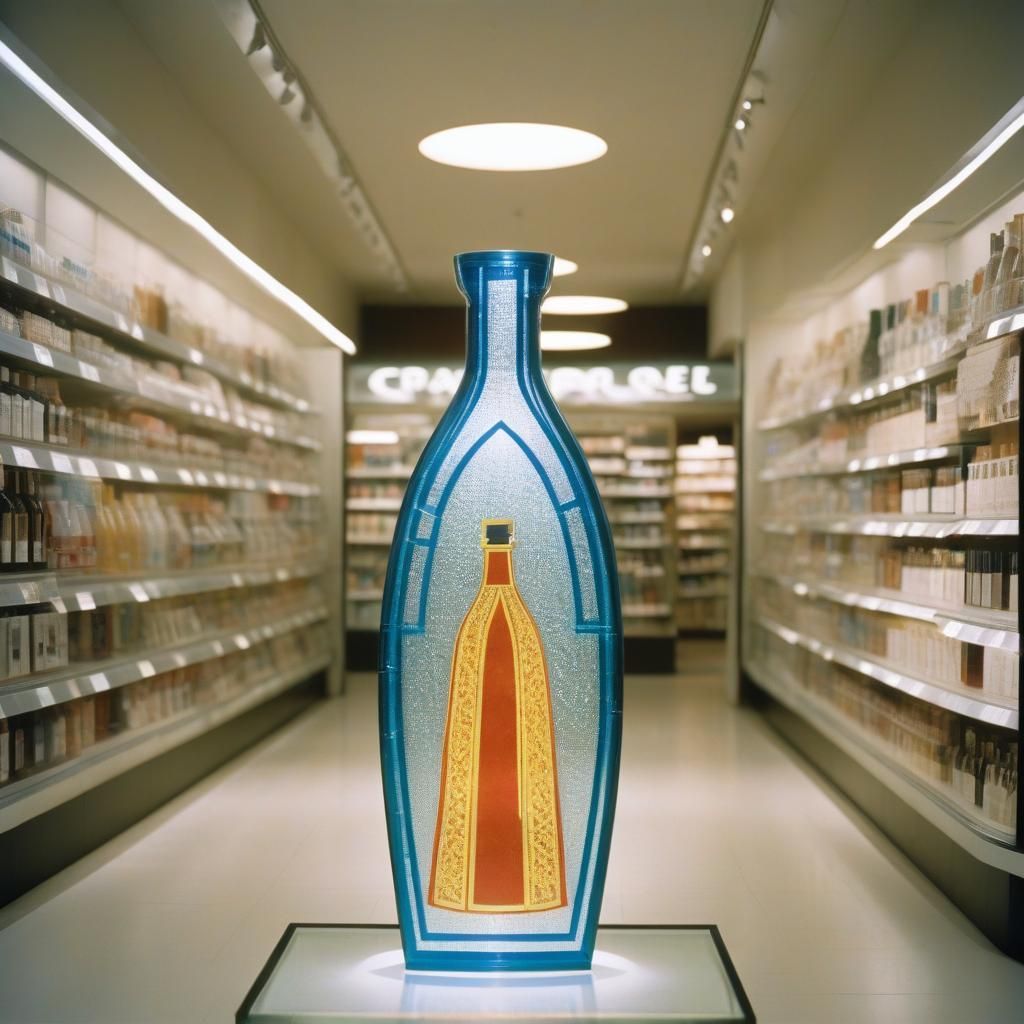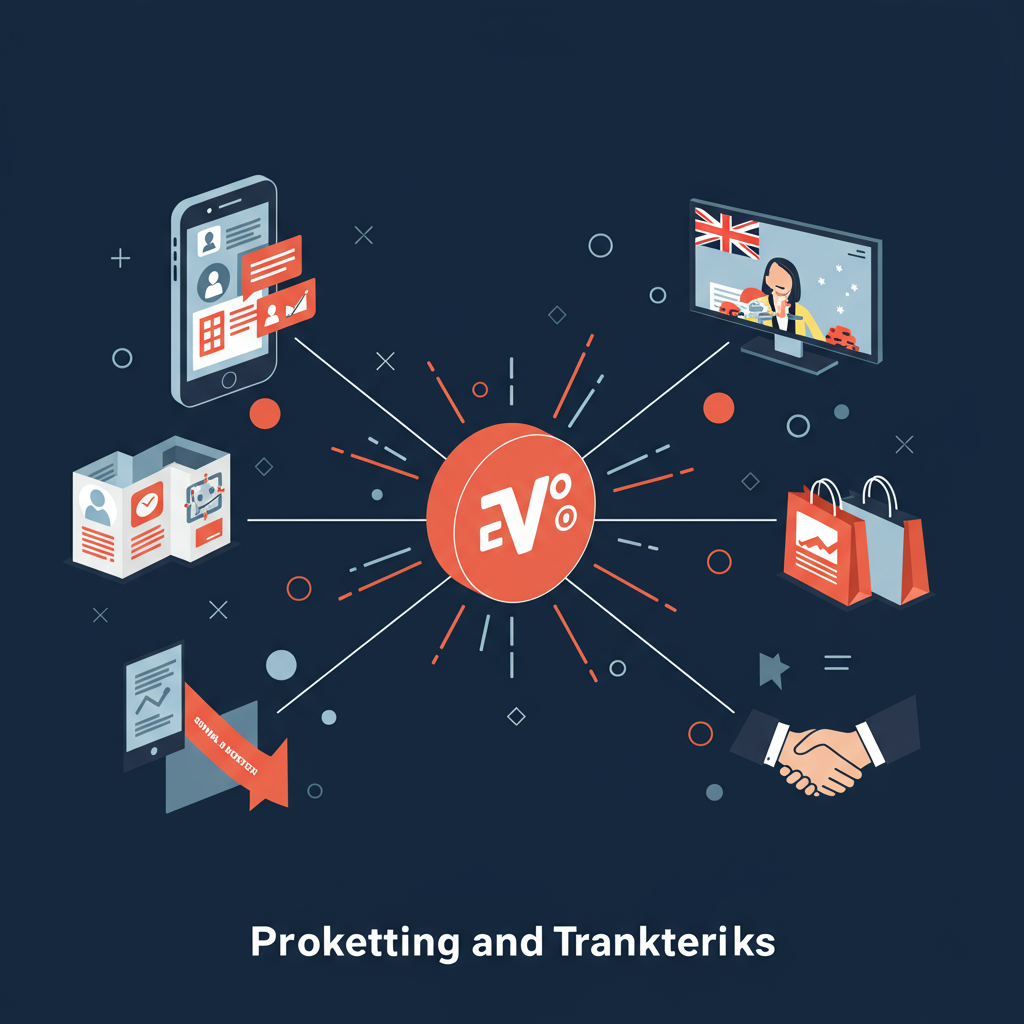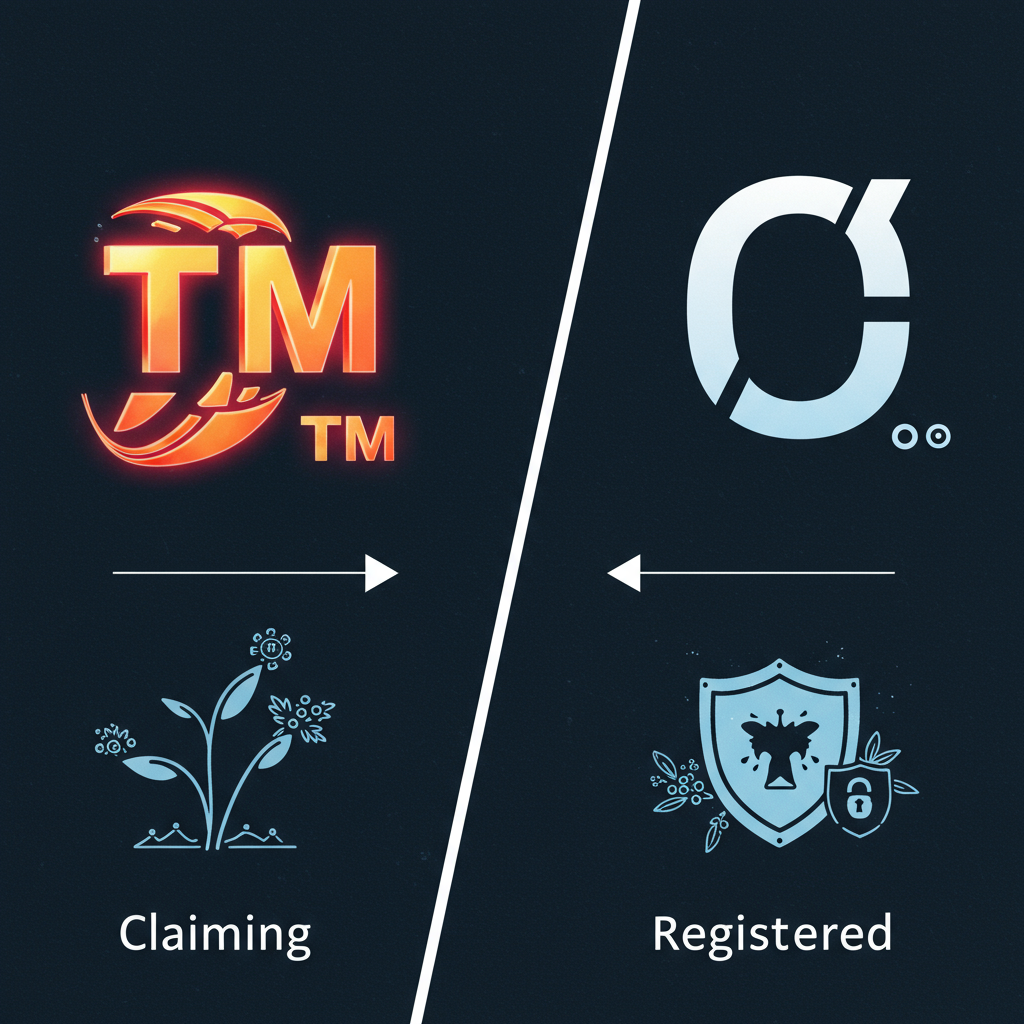Understanding Trade Dress Protection: Your Brand's Secret Visual Weapon!
Understanding Trade Dress Protection: Your Brand's Secret Visual Weapon!

Think your brand's unique identity is all about its name and logo? Think again, mate! There’s a powerful, often overlooked, layer of intellectual property that protects the entire visual vibe of your product or service. It’s called "trade dress," and understanding it is absolutely crucial for any Australian business keen to lock down its full branding power and outsmart the competition.
Beyond just a pretty logo, trade dress dives into the bigger picture: your product packaging, the unique layout of your store, or even the distinct look and feel of your website. Let’s unwrap this vital concept and see why it needs to be a core part of your Aussie branding and IP strategy.
Defining Trade Dress: More Than Meets the Eye
So, what exactly are we talking about when we say trade dress? It refers to the overall visual appearance of a product or service as presented to consumers. It's the whole shebang – the total image, the 'vibe' that consumers associate with your brand.
This can include a wild array of visual elements:
- Packaging design: The unique shape, colour scheme, or graphics of your product’s wrapping.
- Colour schemes: Distinctive combinations of colours used consistently to identify your brand.
- Layout: The way elements are arranged on a label, a menu, or even a service vehicle.
- Store/website look & feel: The distinctive architectural design of a retail outlet, the interior décor, or the unique user interface and aesthetic of an online platform.
The golden rule for trade dress protection is that it must be distinctive and non-functional. This means it can't just be a generic or purely practical design. It has to make consumers say, "Ah, that's them!" and its design shouldn't be solely for making the product work better.
Legal Basis for Trade Dress in Australia: Our Own Aussie Mix
Here's a crucial point for us Aussies: while the term "trade dress" is widely used, particularly in the U.S., it's not directly called "trade dress" under Australian law. Instead, its protection is achieved through a powerful mix of existing intellectual property and consumer legislation:
- Trade Marks Act 1995 (Cth): IP Australia allows you to register distinctive visual elements that act as a badge of origin. This can include three-dimensional shapes (like a bottle), colour marks, or composite marks that combine various visual aspects.
- Australian Consumer Law (misleading/deceptive conduct): This is a huge weapon! The ACL, enforced by the ACCC, prohibits businesses from engaging in conduct that is likely to mislead or deceive consumers. If a competitor copies your trade dress to confuse customers, you can often take action under this law.
- Common law “passing off” doctrines: This traditional legal concept protects your goodwill and reputation. If a competitor tries to "pass off" their goods or services as yours by mimicking your distinctive visual appearance, you can use passing off to stop them.
For any of these avenues, you’ll generally need to provide proof of reputation and distinctiveness. You’ll need to show that consumers already associate that unique visual appearance with your brand.
Examples of Recognised Trade Dress: Iconic Aussie Vibe
When you think about it, many of the world's (and Australia's!) most iconic brands are instantly recognisable not just by their logo, but by their entire visual package.
- The classic Coca-Cola® bottle shape: Even without the label, that curvaceous glass is unmistakable. It’s a globally protected shape trademark.
- Apple® store layout: The minimalist, open-plan design, with wooden tables and product placement – it's a signature look that Apple fiercely protects.
- Boost Juice® green cups and visual interiors: Walk into a Boost and you instantly get that vibrant, healthy vibe, from the colour of their cups to the store's energetic fit-out. It’s a prime example of a consistent trade dress.
- Lush® packaging style and fonts: Their unique, often quirky, handwritten labels, simple paper bags, and overall artisanal aesthetic are a strong part of their brand identity.
These are not just products or services; they're experiences communicated through their distinct visual presentation.
How to Register Trade Dress in Australia: Smart Moves with IP Australia
While "trade dress" isn't a standalone registration type, you can secure protection for its key components. The best way is to register distinctive visual elements as a composite trademark through IP Australia.
Here are some tips for using IP Australia’s visual trademark categories to protect your trade dress:
- Use stylised logos, packaging elements: If your packaging has a unique shape or design that sets it apart, you can apply to register that specific shape as a three-dimensional trademark.
- Include detailed descriptions and design elements: When applying, be meticulous. Provide clear images and comprehensive written descriptions of the unique visual features you want to protect. The more precise, the better.
Trade Dress vs. Design Rights: Picking Your Protection
It's easy to get these two mixed up, but they serve different purposes:
- Design rights: These protect the newness and aesthetic appearance of a product's overall shape, configuration, pattern, or ornamentation. They're about how something looks and functions visually, but for a shorter period (usually 10-15 years). They're about protecting the form of the product itself.
- Trade dress (via trademark): This protects the brand identity conveyed by the visual appearance. It's about distinguishing your product/service from competitors based on its overall look and feel, and it can last long-term (indefinitely with renewals).
You might choose the right path or combine both. For instance, a unique bottle shape might be protected by both a design right (for its novel shape) and a trademark (as trade dress, for its distinctiveness as a source indicator).
Enforcing Trade Dress in Australia: Taking on the Lookalikes
When someone tries to copy your brand's unique visual swagger, you need to know how to fight back. In Australia, the most common route is through the Australian Consumer Law (ACL) to stop misleadingly similar packaging or store layouts. If a competitor's visual branding is so similar that it's likely to cause consumer confusion, the ACCC or a private party can take action.
There are many examples of Australian companies defending trade dress (often under "passing off" or misleading conduct). From battles over similar food packaging to disputes about store fit-outs, businesses are fiercely protective of their visual identity. Legal actions can be pursued via the Federal Court, with IP Australia involved if there's a trademark component, or through the ACCC for consumer law breaches.
Global Considerations: Beyond Our Shores
While Australia has its own system, understanding trade dress protection in the U.S. and UK is vital for any business with international aspirations. The U.S. has a more explicit "trade dress" category under its trademark law (the Lanham Act), while the UK and EU treat it similarly to Australia, using broader unfair competition or trademark registration laws.
For international protection, you can often use the Madrid Protocol to file for elements of your trade dress as a composite trademark in multiple countries. However, for nuanced visual elements, relying on common law "passing off" or unfair competition laws in each jurisdiction, often requiring proof of reputation, is key. This means adapting trade dress across markets without losing distinctiveness is a subtle art.
Risks of Not Protecting Your Visual Branding: A Costly Oversight
Leaving your brand's unique visual identity unprotected is like leaving your front door wide open. The risks are substantial:
- Brand dilution from lookalikes: Competitors can easily mimic your successful visual cues, making your brand seem less unique and special.
- Reduced customer loyalty and confusion: When customers can’t easily tell your brand apart from others, their loyalty erodes, and they might accidentally buy a competitor's product, leading to lost sales.
- Legal costs of defending unregistered visual assets: If you haven't taken steps to register elements of your trade dress, defending it in a dispute becomes much harder and often more expensive, as you'll have to rely heavily on proving your reputation through common law.
Conclusion: Your Brand's Visual Fortress
Trade dress is a critical, yet often overlooked, branding component. It's the immersive visual experience that makes your brand instantly recognisable and deeply embedded in consumers' minds. For savvy Aussie businesses, it's not enough to just protect your name and logo; you need to assess the unique visual aspects of your product, packaging, and even your physical or digital presence.
By
registering and documenting trade dress elements (as trademarks, where possible, or building strong common law rights), you're building a long-term
IP value for your business. Don't let your brand's full visual power go unprotected – it's a strategic move that sets you apart from the pack and keeps your brand looking sharp for years to come!











